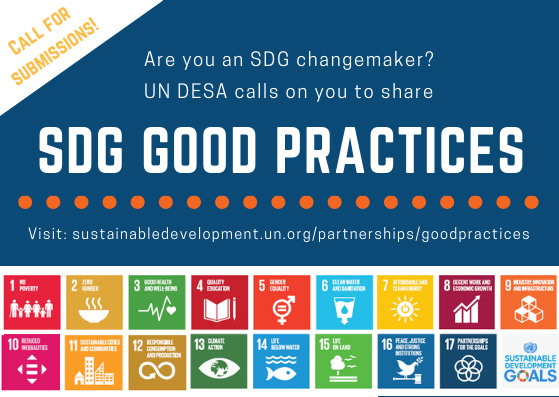Biosphere and Heritage of Lac Chad (BIOPALT)
Description
Biosphere and Heritage of Lac Chad (BIOPALT) Project aims to strengthen the capacity of member States of the Lake Chad Basin Commission (LCBC) to safeguard and sustainably manage the hydrological, biological and cultural resources of the Lake Chad Basin
The Lake Chad Basin is an important source of freshwater for more than 40 million people living in the four countries surrounding it: Chad, Cameroon, Central African Republic, Niger, and Nigeria. The Lake Chad region is facing a combination of the most devastating crises of our times – over the past decades, it has witnessed escalating security crisis interlinked with humanitarian and large-scale ecological crises. The Lake’s shrinkage (as the rainfall has declined over the past 50 years, lake’s surface area shrunk by more than 90 per cent between 1960 to 1985) has forced a large number of people to migrate. It has also created the conditions for some of the most vulnerable among them to be recruited by violent extremism groups, such as Boko Haram. <br />
<br />
To provide solutions for the Lake Chad Basin, a financing agreement was signed between UNESCO and the Lake Chad Basin Commission (LCBC) in 2017 to fund the project “Applying the Model of Transboundary Biosphere Reserves and World Heritage Sites to Promote Peace in the Lake Chad Basin through the Sustainable Management of Natural Resources” (BIOPLAT). This project is a component of the Program to Rehabilitate and Strengthen the Resilience of Lake Chad Basin Systems (PRESIBALT), funded by the African Development Bank. The funding agreement covers the project’s implementation over a three-year period for a total of $6,456,000 via a multi-sectoral and multidimensional approach. <br />
<br />
The BIOPALT project, aims to provide a multisectoral response by UNESCO to the issues of safeguarding Lake Chad, promoting peace and reducing poverty. The BIOPALT project will concretely provide early warning systems for droughts and floods to strengthen the resilience capacities of local communities to climate change (SDG 13), train 300 policymakers, scientists and community leaders and mobilize 30,000 lake residents for the peaceful management of natural resources and water (SDGs 6 and 15), to rehabilitate degraded ecosystems such as ponds, oases and flood plains (SDG 15), to implement income-generating activities based on green economy to improve the livelihoods of local communities (SDGs 1, 8) and to promote transboundary inscription of the lake as a Biosphere Reserve and World Heritage site. All of these activities will encourage the return of displaced populations and keeping populations there, especially young people and women, further link the fate of the various communities of the lake to rebuild hope and approach the future with optimism, in a climate of peace and development.
SDGS & Targets
Deliverables & Timeline
Resources mobilized
Partnership Progress
Feedback
Action Network


Timeline
Entity
Region
- Africa
Geographical coverage
Website/More information
Countries

Contact Information
Clare Stark, Strategic planning specialist
